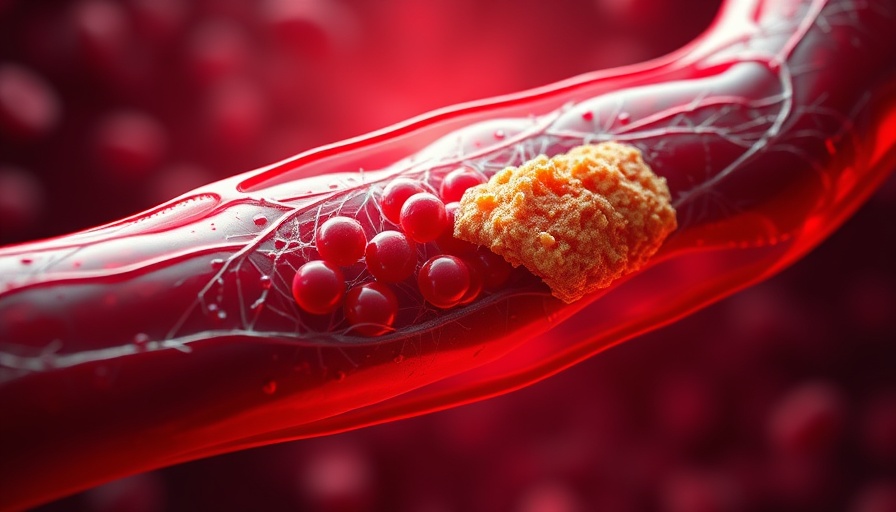
The Bigger Picture: Heart Health and LDL
Cardiovascular disease remains a leading cause of death globally, often linked to elevated levels of LDL cholesterol, commonly known as "bad" cholesterol. A recent editorial from Florida Atlantic University emphasizes that starting patients on high-dose statins, particularly rosuvastatin and atorvastatin, can significantly mitigate these risks. This approach is not merely a trend; it stems from a robust body of evidence demonstrating the efficacy of aggressive LDL-lowering strategies in both prevention and management of heart disease.
Why Starting Strong Matters
Doctors are increasingly recognizing the crucial window of opportunity at the start of treatment. Many patients remain on the initial statin dosage, which can lead health professionals to prescribe a lower dose than necessary. By beginning treatment with the highest dosage, cardiologists can ensure that they are maximizing the potential cardiovascular benefits, particularly for patients with elevated risks, including those with metabolic syndrome.
Combining Lifestyle Changes for Better Outcomes
Statins alone are not a silver bullet. Integrating lifestyle changes such as increased physical activity, healthy weight maintenance, and smoking cessation is vital for optimal results. Despite the clear benefits of these changes, a staggering 40% of American adults suffer from conditions relating to metabolic syndrome, many of whom are not adequately monitored or treated. Emphasizing lifestyle alongside medication could lead not only to healthier individuals but also to a healthier society.
The Role of Aspirin
Along with high-dose statins, the editorial suggests that aspirin could play a pivotal role in secondary prevention strategies against heart disease. While discussions around primary prevention can lead to complexities, understanding the combined benefits of both therapies can provide cardiologists with a more comprehensive toolkit to fight cardiovascular diseases.
Conclusion: A Call to Action for Cardiovascular Health
The narrative around cardiovascular health is changing, pushing for more proactive treatment plans that can save lives. If you or someone you love is at risk, consulting with a healthcare provider about the best course of action, which may include starting on high-dose statins and making impactful lifestyle changes, is essential for better heart health.
 Add Row
Add Row  Add
Add 




Write A Comment